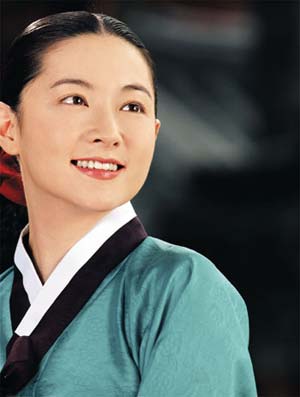

P’ansori, sometimes called Korean folk opera, a genre of narrative song of Korea, typically performed dramatically by a vocalist, accompanied by a puk (double-headed barrel drum). See a man playing a Korean puk a double-headed barrel drum See all videos for this article SpaceNext50 Britannica presents SpaceNext50, From the race to the Moon to space stewardship, we explore a wide range of subjects that feed our curiosity about space!.Learn about the major environmental problems facing our planet and what can be done about them! Saving Earth Britannica Presents Earth’s To-Do List for the 21st Century.Britannica Beyond We’ve created a new place where questions are at the center of learning.100 Women Britannica celebrates the centennial of the Nineteenth Amendment, highlighting suffragists and history-making politicians.COVID-19 Portal While this global health crisis continues to evolve, it can be useful to look to past pandemics to better understand how to respond today.


Sponsored by Duke Korea Forum, Dept of Asian and Middle Eastern Studies and APSI. Howard analyzes their artistic components, asking why the operas continue to be performed some 45 years later. 'Sea of Blood' operas remain celebrated today, and based on two field trips to Pyongyang, Dr. 'Sea of Blood' also abandoned operatic arias, deemed unfit for socialist realism, and turned instead to couplets and choruses designed to be sung by the audience as well as the assembled musicians. The new genre abandoned Korean p'ansori, reportedly spurned by Kim Il Sung as too sentimental for the socialist revolution. Styled after Cultural Revolution-era operas of China, it mixed music with dance and spectacle, popular melodies with folksong, and combined traditional instruments with a Western orchestra. Keith Howard (Professor Emeritus, SOAS, University of London 2017-18 Fellow, National Humanities Center) explores 'P'i pada/Sea of Blood,' a North Korean operatic genre.


 0 kommentar(er)
0 kommentar(er)
